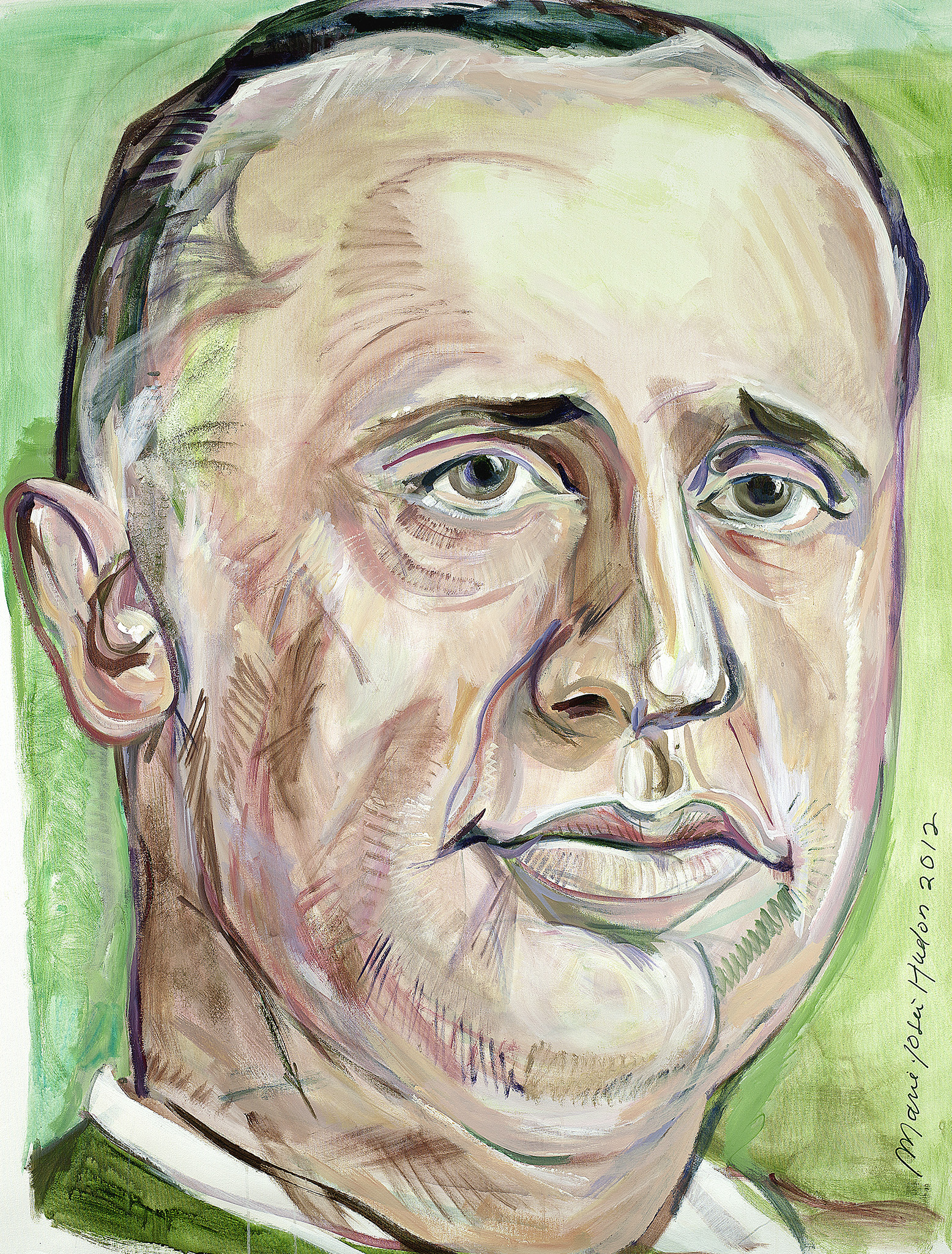
Education and Early Career
Son of a prosperous merchant, Conrad Kirouac grew up in Saint-Sauveur (Québec City) and received all his education with the Brothers of the Christian Schools. After finishing school at age 16, he joined the community and in 1901, entered Mont-de-La-Salle, the Brothers’ novitiate in Montréal, taking the name Marie-Victorin.
Frère Marie-Victorin took his first teaching position in 1903 at the Brothers’ school in Saint-Jérôme, but his first year of teaching was disrupted by illness. In December 1903, Marie-Victorin suffered a bout of hemorrhaging due to tuberculosis; during the long period of convalescence he discovered botany, which would become his life’s passion. In 1904, he became a teacher at the Collège Commercial et Industriel de Longueuil, where, in addition to teaching geometry, algebra, French composition and English, he founded a study circle, wrote and produced plays, and published several literary works, including Récits laurentiens (1919) and Croquis laurentiens (1920). However, botany took more and more of his time.
The Self-Taught Botanist
Although Marie-Victorin had no formal training in botany, he quickly became an expert. Between 1904 and 1906, he read every issue of the scientific journal Le Naturaliste canadien published since 1871. In May 1908, he published his first scientific article, “Addition à la flore d’Amérique,” in the same journal, followed by “Contribution à l’Étude de la flore de la Province de Québec” in 1909. Marie-Victorin’s goal was to revise the catalogue of plants in French Canada, and he spent many years exploring the flora of the province of Québec. In the summer of 1913, for example, he surveyed Témiscouata in the Lower St-Lawrence, an area which had not been explored by botanists until that point. He discovered 50 new species of plants in the region, and published his findings in La flore du Témiscouata: mémoire sur une nouvelle exploration botanique de ce comté de la province de Québec (1916).
Chair of Botany at University of Montréal
By 1920, Marie-Victorin was widely recognized as an expert. Despite not having a university degree, he was named chair and associate professor of botany at the newly established Université de Montréal in 1920. This was followed by 25 years of intense scientific and social activity. At the Laboratoire de Botanique, Marie-Victorin gathered a small research team which included Jules Brunel, Ernest Rouleau, and Jacques Rousseau. The same year, he successfully defended his doctoral dissertation and became a tenured professor. In 1923, Marie-Victorin co-founded both the Association canadienne-française pour l'avancement des sciences and the Société canadienne d'histoire naturelle. He would later help organize the Cercles des jeunes naturalistes.
Montréal Botanical Garden
One of his most lasting accomplishments was the creation of the Montréal Botanical Garden, which was founded in 1931. Established during the Great Depression, the garden developed sporadically until 1936, when it received an injection of funding. In 1939, Marie-Victorin succeeded in moving his Botanical Institute (formerly the Laboratoire de Botanique) to the Garden.
A Lifetime’s Work
Fifteen years after taking up his post as chair of the botany department, Marie-Victorin published Flore laurentienne (1935), his new inventory of the plants of Québec. Produced with the help of colleagues including Brunel, Rousseau, and Marcelle Gauvreau (and with illustrations by Brother Alexandre Blouin), the book contained detailed information about 1,917 plants. Marie-Victorin’s intent was to educate not only the scientific community, but also the general population of Québec: in learning about the land, he hoped French Canadians would appreciate and take ownership of their natural birthright.
Legacy
On 15 July 1944, Marie-Victorin and a group of friends were returning from a botanical expedition when they were involved in an automobile accident. While not seriously injured in the collision, he suffered a heart attack and died before reaching the hospital. Marie-Victorin was at the height of his power as a scholar and leader when he died.
As a botanist, Marie-Victorin was known not only in Québec, but also in the rest of North America and in Europe. Throughout his career, he received many awards and distinctions — not only in Canada, but also in England, France, Haiti and Cuba. As his monumental Flore laurentienne shows, he was above all a taxonomist. However, the importance he gave to phytogeography (the geographical distribution of plants) and the evolution of American flora paved the way for ecologists such as Pierre Dansereau. His pioneering work and his promotion of scientific culture in popular publications (including newspaper articles) influenced young scientists in Québec for years to come. (See also Botany History.)
As an ardent propagandist of "scientific cultivation" and of French Canadian nationalism (like Lionel Groulx), Marie-Victorin was a major Québec intellectual and political figure in the 1920s and 1930s.

 Share on Facebook
Share on Facebook Share on X
Share on X Share by Email
Share by Email Share on Google Classroom
Share on Google Classroom

